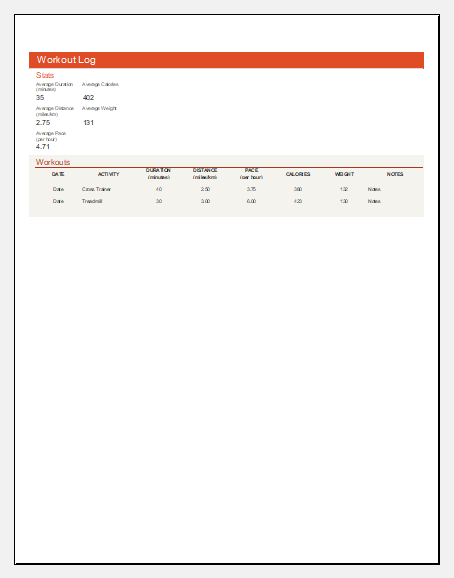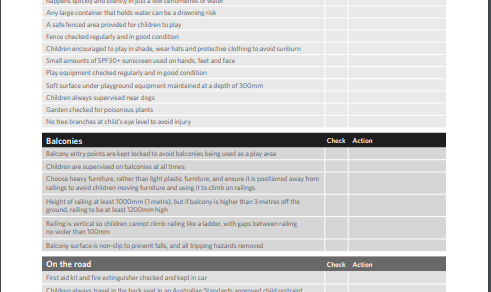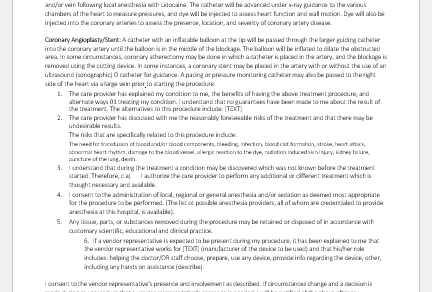A healthy mind and body need input. Work out and exercise in a way that not only keeps you healthy, active, and physically fit but also keeps you mentally sound. It is a proven fact that a workout acts as an antidepressant by releasing some endorphins and activating the pleasure centers of your brain.
Why keeping a workout log is important?
- Keeping a workout journal at a personal or professional level is very important and increases the chances of achievement of your goal weight and body.
- It also helps a health professional in knowing the percentage composition of fat and muscles.
- It gives us an account of what is working on our body and what kind of food or exercise should be excluded from the workout routine.
- By using this data, you can improve an in-depth knowledge of your body type and utilize this knowledge in getting better and more desirable results.
Workout log
There are many ways to devise a workout log. But it’s better to opt for the one which has better details about the type of exercise, number of repetitions, target muscle group, duration of exercise as well as warm-up time. A workout log can also include the measurement details which are optional and can be kept separately.
Interpretation of a workout log
A workout log can be a bit difficult to understand initially for a new person into workout journal keeping. But a simple explanation can make it a piece of cake. Health professionals and professional fitness trainers are all well-versed in the use of a workout log.
A workout log is incomplete without the date. First and foremost, enter a date and mark the start day.
A workout starts with warm-up exercises which are important to bring your body to a certain level of energy and makes your joints move enough to help you go through the actual exercise postures and cycles.
The workout log has to be maintained on a daily basis and we mention the date and duration of warm-up every day at the top.
Then the column of actual exercise comes. We have to write the muscle group we are working on. For example, if we want our abdominal and flank muscles to be toned, we will keep a log of abs and mention all the names of the exercises we plan to perform.
In front of each exercise type, we write the number of repetitions we have to do and a number of sets we have to complete per day. For example, we do abdominal crunches daily for abs exercise, we will write 8 repetitions with 4 sets of abdominal crunches. If we increase either or both of the sets or repetition, we will mention that in the next day’s log.
The next column for the secondary exercises which don’t work on the target muscle group is directly mentioned in the same way.
In the last the cooling-down exercises are done just like warm-up exercises and their log is also kept.
Preview



